While hospitals generally schedule 1 postpartum appointment at six weeks and often you see a pediatrician every few weeks, a lot can come up in between these. Sometimes it seems like there’s so much support prenatally and for the birth but then you are left to your own devices with a newborn. That compounded with sleep deprivation and family transitions can be overwhelming at times. Having a licensed healthcare professional available to answer your questions and come to your home for all appointments can offer extra reassurance.
In-home midwifery care can complement your scheduled postpartum visits with your primary provider. Hour-long appointments are also available prenatally, in which childbirth and chest/breastfeeding education is reviewed, labs can be performed, and preparation can be discussed in more detail for your upcoming labor and birth. These appointments can help integrate what’s reviewed with your primary provider and provide supplemental information.
Here in Santa Fe, both Lucy French (www.wildwoodmidwifery.com) and Rebecca Palak (www.rebeccapmidwifery.com) are New Mexico Licensed Midwives offering hybrid care in the comfort of your home, as well as home birth services.
They offer a free consultation to review care and answer any questions you may have; contact either or both to find out if hybrid care is a good fit for you and your family. Pregnancy, labor, and postpartum is such a transformative time in our lives; having support is crucial.

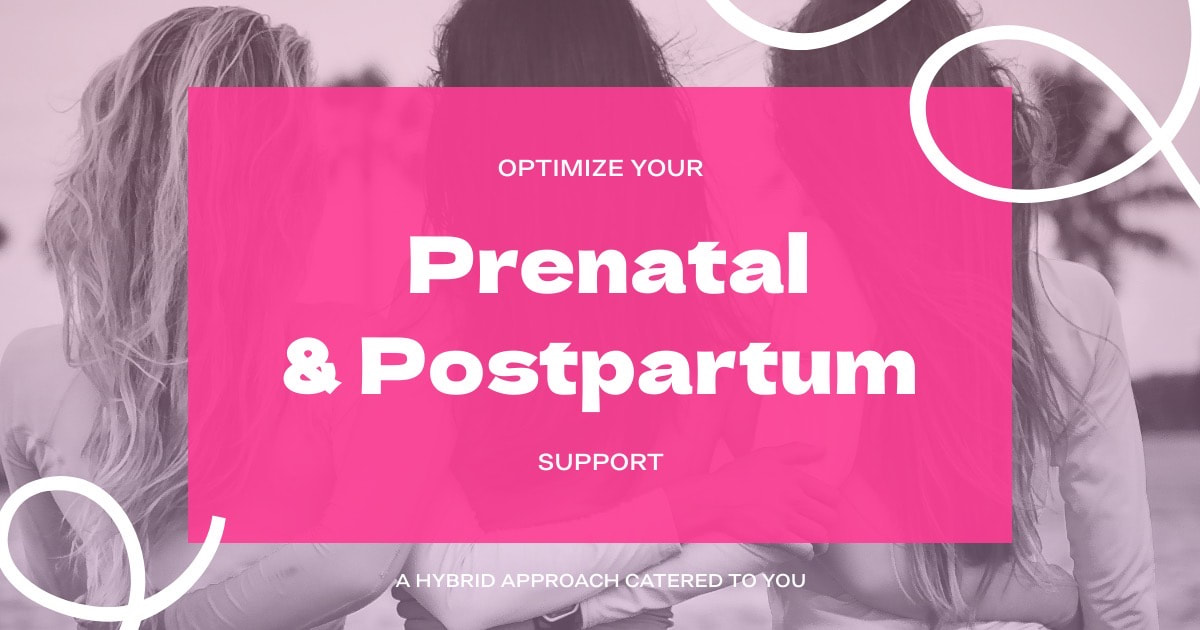
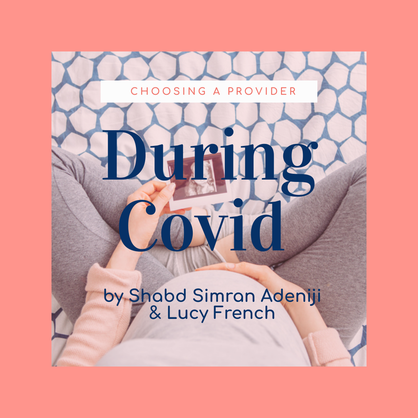
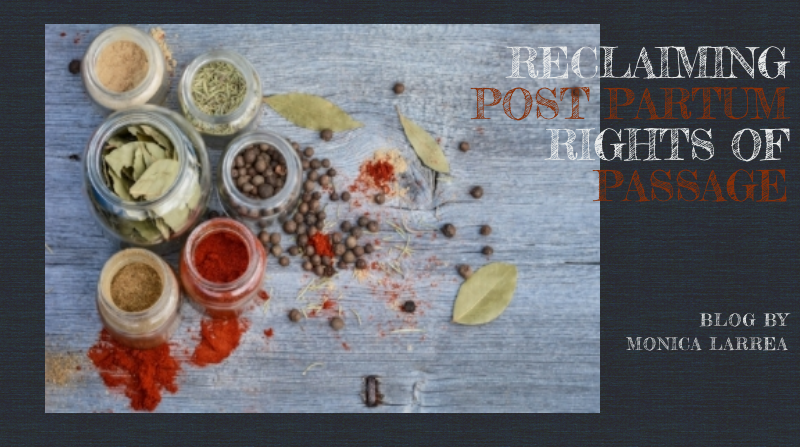

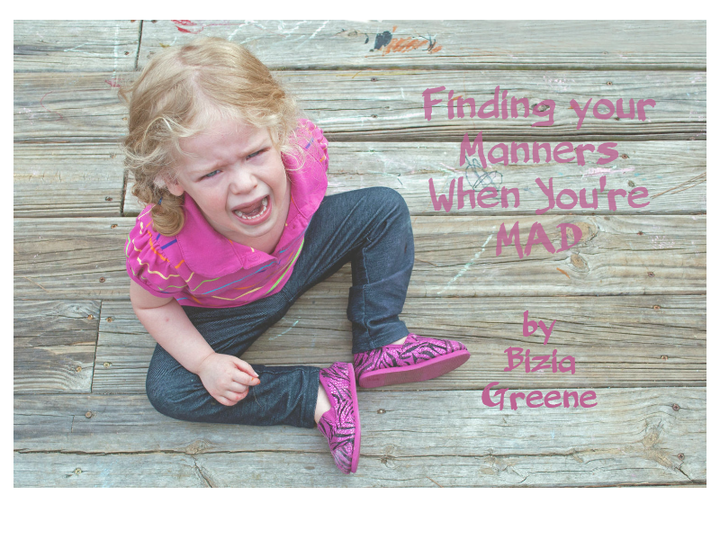
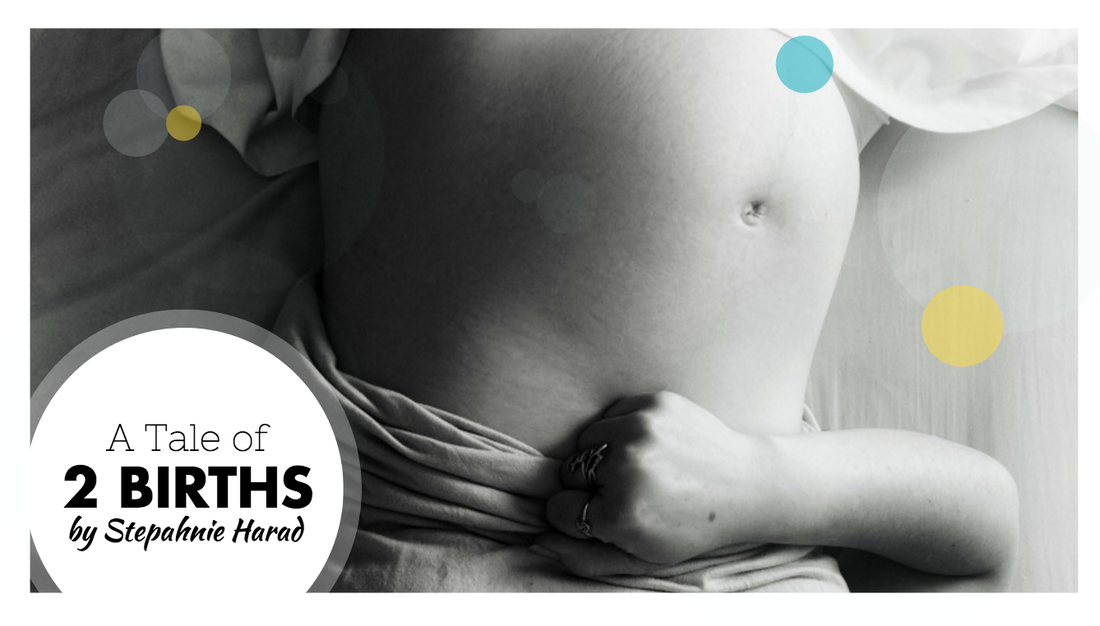
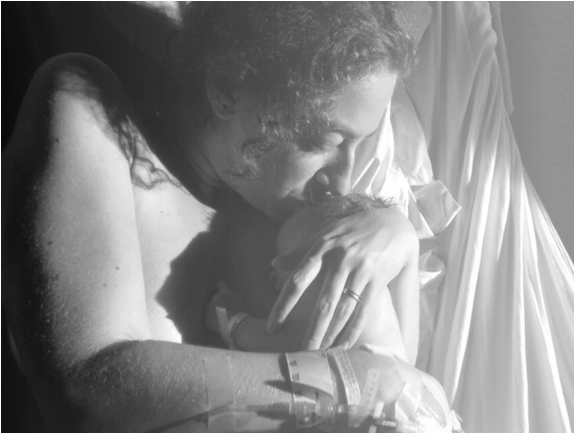
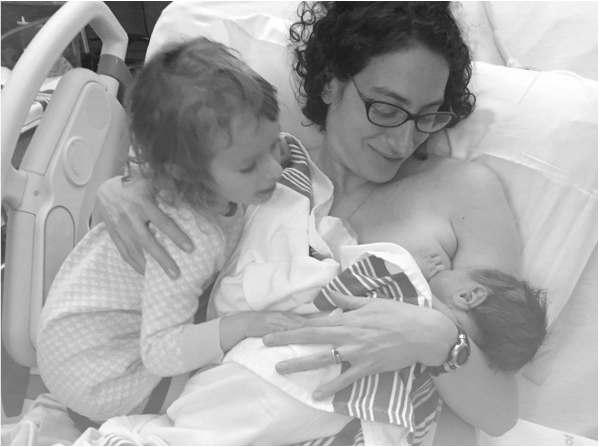



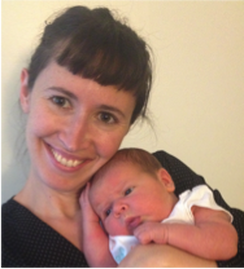
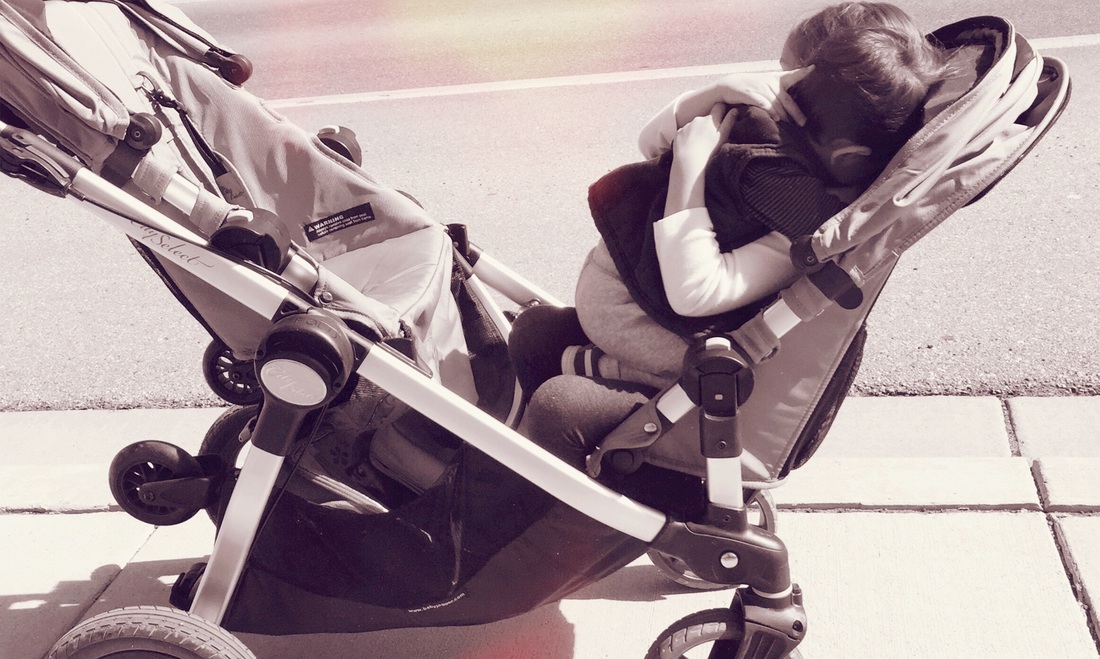
 RSS Feed
RSS Feed